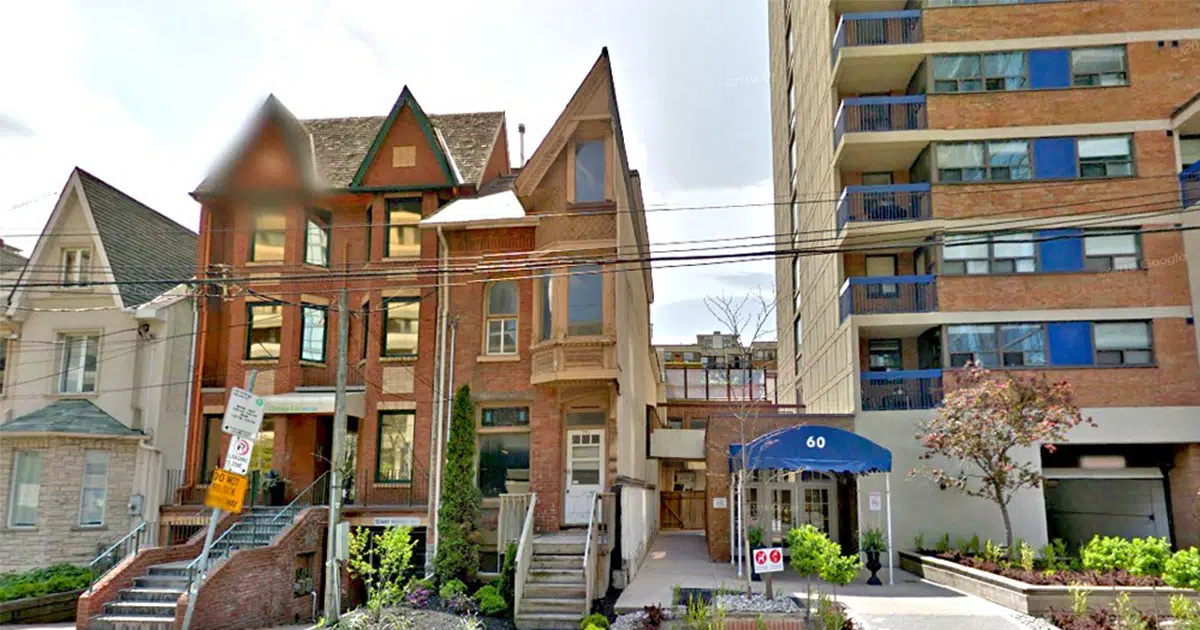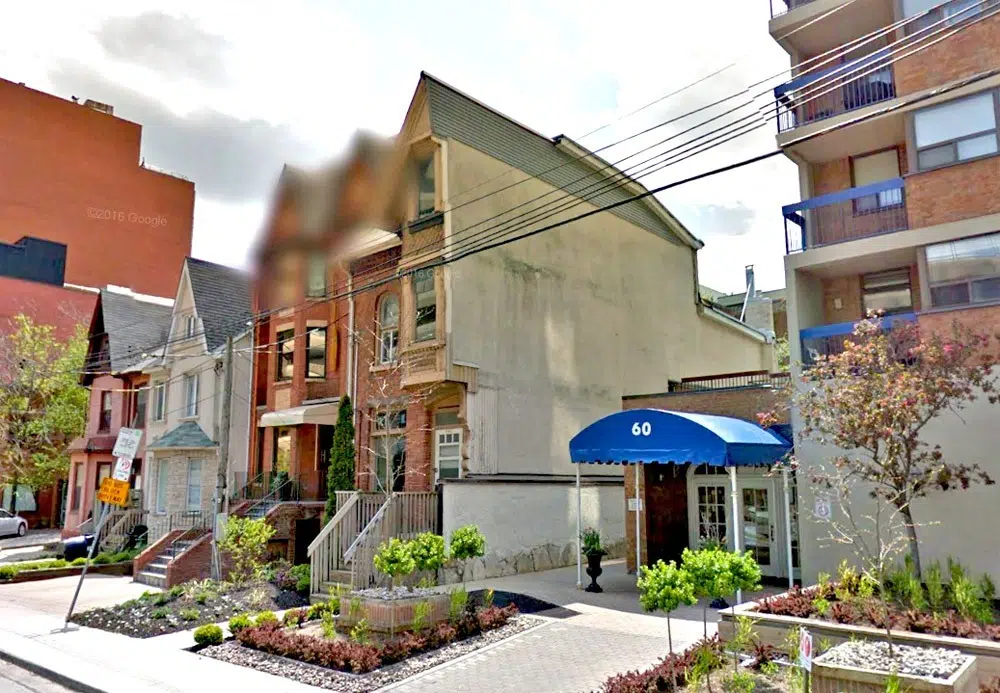The Half House Of Toronto Is Still Standing
Featured in Ripley's Believe It or Not!

In a town with intriguingly built structures like the Cube House, the Elephant House, and the Doll House, it could be said that nothing is as odd as the appropriately-named Half House.
Built sometime in the late 19th century, a Victorian-era row house was constructed on St. Patrick Street in the middle of Toronto. The house was one of six identical and connected homes on what was then called Dummer Street, and they were numbered like this: 52 1/2, 54, 54 1/2, 56, 58, and 60.

